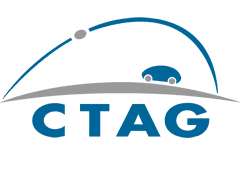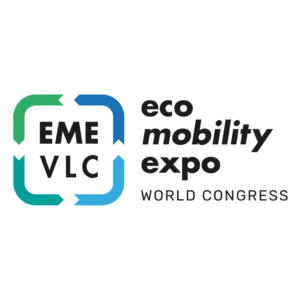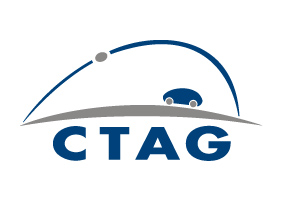 CTAG and the Ministry of Industry, Trade and Tourism (MINCOTUR) sign a collaboration protocol with the aim of formalising the launch of a laboratory network and a testing and research centre to develop technologies related to autonomous and connected vehicles.
CTAG and the Ministry of Industry, Trade and Tourism (MINCOTUR) sign a collaboration protocol with the aim of formalising the launch of a laboratory network and a testing and research centre to develop technologies related to autonomous and connected vehicles.
Different vehicle and component manufacturing companies will have the opportunity to validate, test and pre-homologate new products and R&D activities before introducing them into the market.
CTAG will be able to share its experience in this field, to which it has been committed since 2005 with a strategic line of R&D&I in development and validation of autonomous and connected vehicles, as well as help to “Position Spain as the European testing and validation reference ground for the connected vehicle, and become a benchmark in the new industrial model associated with the design and manufacture of connected, autonomous and sustainable vehicles, with the attraction of investments and new projects for companies in the sector” as our managing director, Luis Moreno, highlighted yesterday.
Furthermore, Reyes Maroto explained that “Spain wants to play a leading role in the design and development of autonomous and connected vehicles and this protocol is committed to a public-private collaboration model to promote connected, autonomous, sustainable and safe mobility”.











